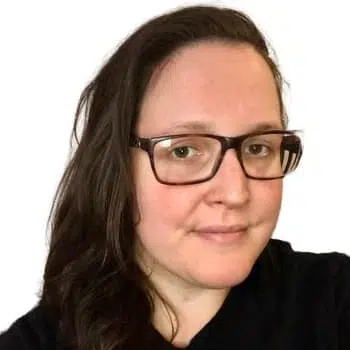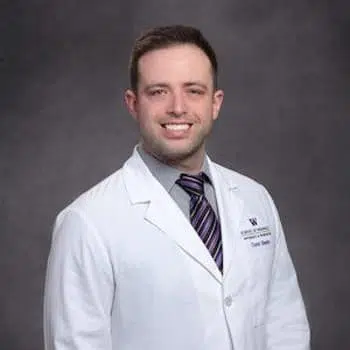Oxycodone, sometimes branded as Oxycontin or Percocet, is a prescription opioid medication with a high potential for abuse. This drug is a Schedule II substance, meaning it is only available by prescription from a health care provider. Typically, this drug will only be prescribed for the shortest amount of time to effectively treat pain after surgery or for long-term pain like that from cancer.
The opioid crisis is one of the most severe health crises in the United States. The Centers for Disease Control and Prevention (CDC) estimates that about 136 people die each day on average from an opioid overdose. The rise in overdose deaths has been increasing since the late 1990s, shortly after oxycodone and other prescription opioids became more common.
Oxycodone Abuse in Ohio
Ohio has one of the highest rates of opioid overdoses in the United States. The most recent data show that at least 27 people per 100,000 experience an opioid-related overdose death.
In 2019, oxycodone accounted for 9% of overdose deaths. This number has been declining from a high of 29% in 2011. However, even though the oxycodone overdose rate has decreased, a more powerful opioid, fentanyl, has been taking its place. In 2019, fentanyl was involved in 76% of overdose deaths.
This Season, Give Yourself the Gift of a Fresh Start.
Whether you are struggling with addiction, mental health or both, our expert team is here to guide you every step of the way. Don’t wait— reach out today to take the first step toward taking control of your life.
However, despite the falling number of overdoses related to oxycodone, the prescription is still a prominent drug in the opioid crisis in Ohio. In response, in 2019, the State of Ohio Board of Pharmacy put new limits on the number of opioids that can be prescribed for short-term pain.
How Oxycodone Addiction Happens
When a person starts taking high amounts of oxycodone, the risk of addiction increases. Usually, opioid dependence occurs before addiction and is related to the changes that oxycodone causes in the brain.
Normally, the body makes its own chemicals that activate opioid receptors. With prolonged use, oxycodone changes how pain signals are sent, and the brain adjusts by becoming less sensitive to oxycodone, a process called tolerance. Increased tolerance can lead to dependence, where they experience withdrawal symptoms when they stop taking oxycodone.
Once a person is dependent on oxycodone, they start using it to relieve or prevent withdrawal symptoms rather than to experience a high. When a person becomes addicted, they may use oxycodone in a way that is damaging to their relationships, finances and health.
Common Signs of Oxycodone Addiction
A person addicted to oxycodone is likely physically dependent on the substance and will show signs and symptoms of withdrawal:
- Diarrhea
- Dilated pupils
- Goosebumps
- Lacrimation or tearing up
- Nausea
- Rhinorrhea or a head cold
- Vomiting
- Yawning
In addition to withdrawal symptoms, someone with an oxycodone use disorder may show behavioral changes like:
- Engaging in risky behavior
- Missing work or school
- Spending less time with friends and family
- Using the substance in dangerous ways, like while driving
Continue reading at Signs, Symptoms and Side Effects of Oxycodone Abuse →
Why Is Oxycodone Addictive?
Oxycodone and other opioids work by increasing the levels of certain neurotransmitters in the brain. Neurotransmitters are chemical messengers that allow brain cells, or neurons, to speak to each other. Oxycodone attaches to mu-opioid receptors and causes an increase in dopamine in certain areas of the brain. Dopamine is a neurotransmitter that reinforces behavior. It is responsible for creating feelings of motivation and pleasure. This increase in dopamine is what often leads to an oxycodone addiction.
What is oxycodone used for?
Oxycodone is a prescription painkiller that is prescribed to manage short-term and long-term pain. Oxycodone is sometimes obtained illicitly, or without a prescription, which is a federal crime.
How much oxycodone is too much?
Any amount of oxycodone can be too much, especially if you are taking it without a prescription from your doctor. Even when taken exactly as prescribed, however, oxycodone still has a high potential for abuse and addiction.
What does oxycodone look like?
Oxycodone will look different depending on the manufacturer. Since it is available generically, there are many different shapes, sizes and colors. If you are unsure if a pill is an oxycodone tablet, you should speak with your pharmacist. An online pill identifier can also help you identify an unknown tablet.
Oxycodone Addiction Treatment in Columbus, Ohio
If you are looking for addiction treatment in Columbus, Ohio, there are a few qualities to look for. Treatment centers should offer multiple methods depending on the person’s recovery progress. An ideal course of treatment should include medical detox, addiction treatment and maintenance.
Medical detox is the first phase of treatment, and this is when the drug is cleared from the body. This period is characterized by withdrawal symptoms that can be dangerous. Uncomfortable withdrawal symptoms may make the person want to use the drug again, making relapses common during this phase.
After medical detox, a person will enter addiction treatment, or rehab. This can vary from inpatient treatment to outpatient care, depending on the person’s unique case and overall severity of their addiction.
After treatment, an aftercare plan is put into place. The purpose of the aftercare plan is to prevent relapse. Aftercare plans can involve many different approaches, including relapse prevention strategies, support groups and referrals to local therapists and medical support.
Ohio Resources for Opiate Addiction
There are several resources for someone who needs opioid addiction treatment in Ohio. Among them, The Recovery Village Columbus is a comprehensive treatment center with licensed staff who manage a variety of substance use disorders and co-occurring conditions.
Contact us today to learn more and begin your recovery journey.
Other helpful resources include:
- Netcare Access Crisis Hotline: 614-276-CARE (2273)
- Opiate Crisis Line: 614-724-HOPE (4673)
- Harm Reduction Ohio: fulfilling all online orders of naloxone at no cost to Ohio residents
- Families of Addicts: A support system local to Ohio that provides education and empowerment for people struggling with substance use disorders and their loved ones









